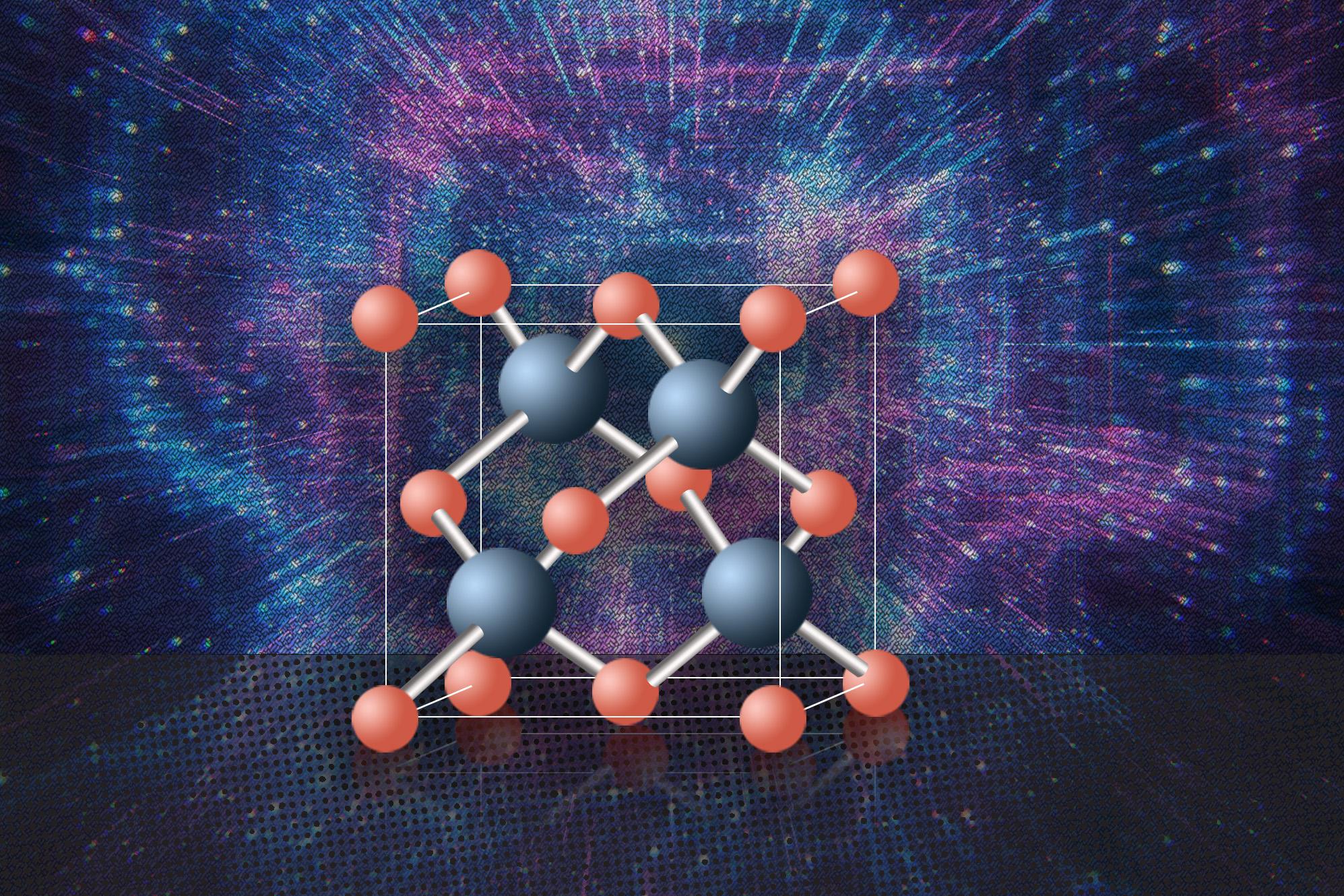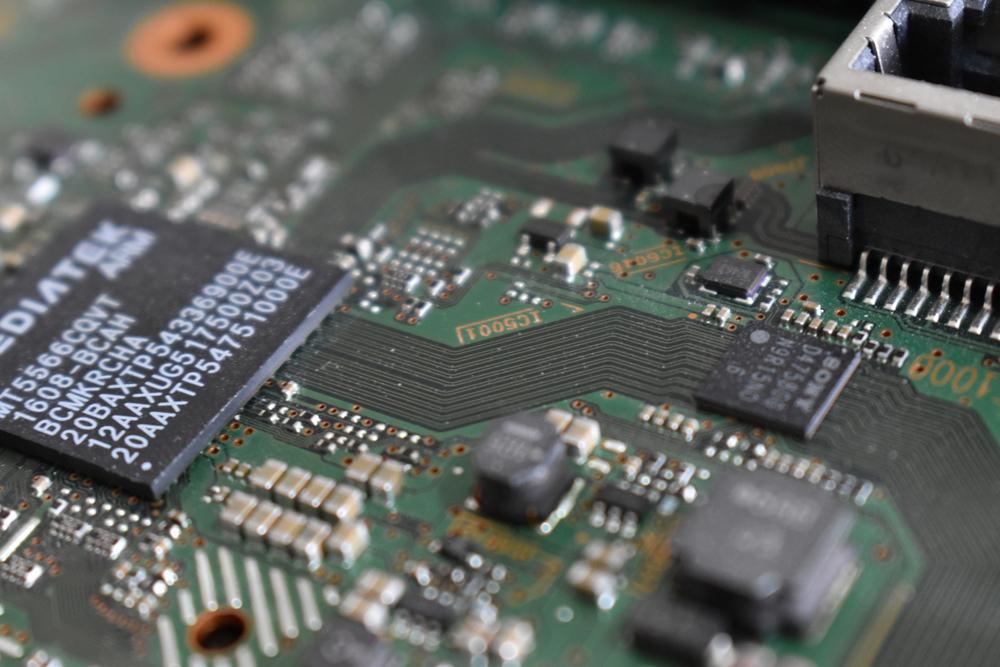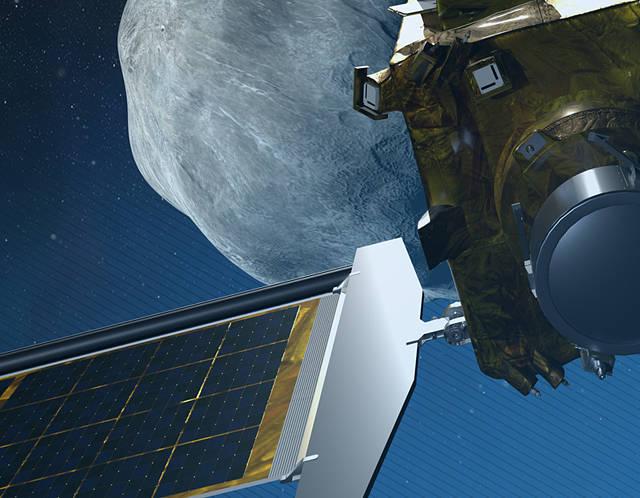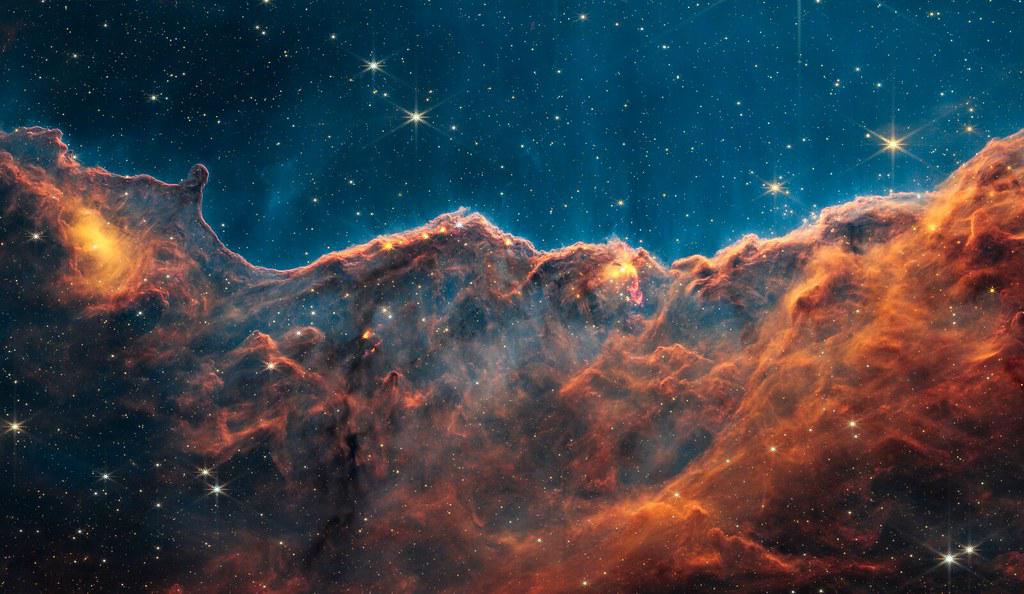Physics World magazine has released a list of the top 10 physics discoveries of 2022 that stand out in fields such as astronomy, medical physics and particle physics.
The journal listed studies that represent greater applicability in the real world, and significant advances in knowledge and understanding of the universe and its phenomena, among the large number of research under development.
Although the polls are in the top 10, they are not included in the ranking. Check out the 2022 highlights now!
1. Highlight twice: Physics and Chemistry
The first emphasis is on the study of ultracold polyatomic molecules. The technique of cooling molecules is not new, but for the first time, researchers have succeeded in producing ultracold molecules with three atoms.
This research opens new fields of study for physics and chemistry, enabling the study of chemical reactions, quantum simulations, and classical physics tests at the molecular level.
2. Tetraneutron
Researchers at the Radioactive Ion Beam Factory at the RIKEN Nishina Center in Japan fire helium-8 nuclei at a liquid hydrogen target to create a new particle: Tetraneutron.
Available for a very short time (10-22 s), the new particle of 4 neutrons opens up space for each element to be studied separately and briefly shows that the nuclei are free of charge.
3. 40% more efficient TPV generator
Researchers from MIT and the National Renewable Energy Laboratory in the United States have developed a thermophotovoltaic cell (TPV) that can convert infrared light into electrical energy.
At 40% efficiency, TPV engines outperform turbine-powered power generators and could soon hold promise for clean power generation.
4. Best Semiconductor Award: Boron Arsenide
University researchers in the United States and China conducted tests with cubic boron arsenide crystals, the world’s best available semiconductor.
Cubic boron arsenide has properties that surpass silicon and may replace it in the near future.

5. Optoelectronic switch
Back to the giants! In an international collaboration, scientists have tested the speed limits of optoelectronic signal transmission, reaching a milestone of 1,000 trillion times per second (1 petahertz).
But the physical machine that makes all this possible is the size of an apartment! Turning to massive machines, it may still take some time before the technology needed to reach this speed is optimal for common use.

6. More efficient light transmission and absorption
Collaboration between researchers from Austria, France and Israel has perfected the light transmission and absorption technology.
Scientists have designed an anti-reflective coating that can optimize surfaces, capture incoming rays from any angle, optimize the transmission and absorption of light rays, and eliminate any interference.
7. FLASH proton therapy in humans
Researchers believe that proton flash therapy is more effective, preserves healthy tissue, and can be administered at higher doses than those used in current radiotherapy treatments.
The technique has been successful in human trials and shows new hope for cancer treatment.
8. Aharonov-Bohm effect for gravity
For the first time, researchers were able to observe the Aharonov-Bohm effect related to gravitational pull.
The effect can be used to accurately determine Isaac Newton’s gravitational constant.
9. Asteroid Deflection
In October, NASA’s DART mission craft slammed into Dimorphos at 6 kilometers per second, delaying its orbit by 32 minutes, proving the asteroid’s orbital deviation.
It was the first time humanity had deliberately changed the orbit of a celestial body!

10. Images from the James Webb Telescope
Finally: the James Webb Space Telescope (JWST)!
A landmark for astronomy and the discovery of the universe! The JWST is the most expensive telescope ever built and is expected to remain operational until 2030.
With the primary mirror measuring 6.5 meters in diameter, the telescope has already produced breathtaking images!

So, have we forgotten any important point?
We look forward to a more scientific 2023 with a few new discoveries!
Source: Tec Mundo
I am Bret Jackson, a professional journalist and author for Gadget Onus, where I specialize in writing about the gaming industry. With over 6 years of experience in my field, I have built up an extensive portfolio that ranges from reviews to interviews with top figures within the industry. My work has been featured on various news sites, providing readers with insightful analysis regarding the current state of gaming culture.













